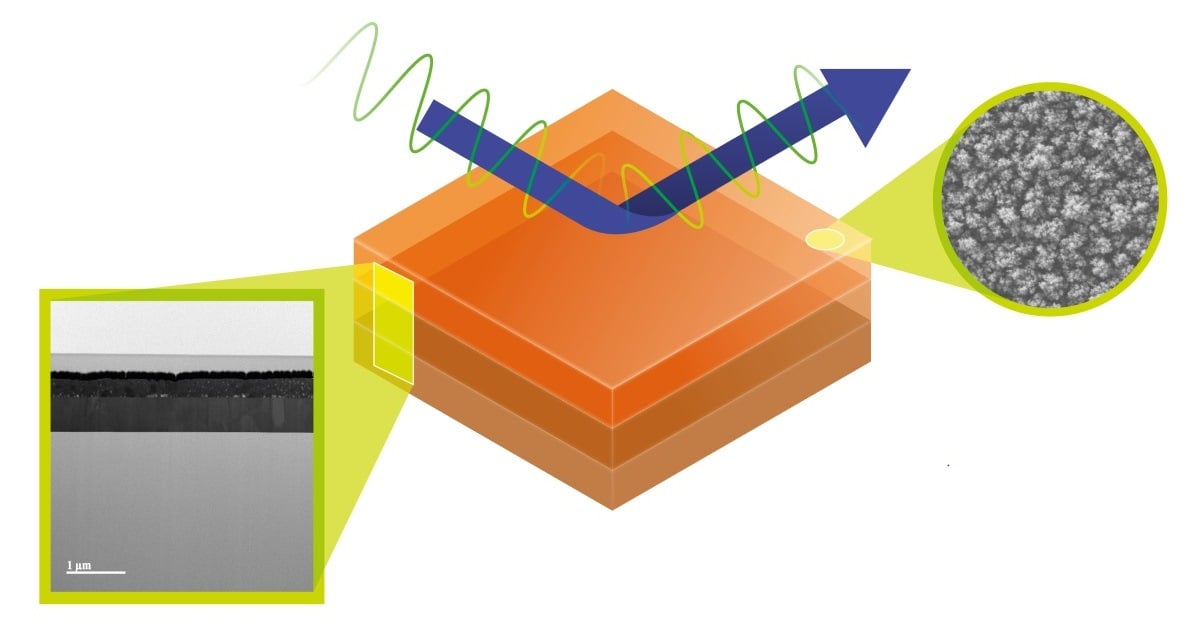- 3.2Impact Factor
- 6.4CiteScore
- 16 daysTime to First Decision
The Optical, Ferroelectric and Dielectric Properties of Thin Films
This special issue belongs to the section “Thin Films and Interfaces“.
Special Issue Information
Dear Colleagues,
We are pleased to announce a Special Issue entitled “The Optical, Ferroelectric and Dielectric Properties of Thin Films”.
The miniaturization of microelectronic devices is a challenge. Ferroelectric films are used in sensors, actuators, piezoelectric, and memories. At the nanometer scale, the aim of these films is to increase power and decrease leakage currents when thin films are polarized.
In thin optical films where the propagation of light depends on the polarization of light and control over the thickness and morphology of the films, the latter limits our ability to adjust the films’ optical response for the desired applications. Multiferroic thin films can possibly coexist with these properties in a single phase. Studies of multiferroics have led to the discovery of new materials and remarkable magnetoelectric phenomena.
In this Special Issue, we are interested in the properties of thin films such as the following:
- Optics, Piezoelectricity, Ferroelectrics, Multiferroics, and Semiconductors;
- The interaction between waves and microstructure, functionality, and novel synthesis techniques.
This Special Issue will be published under the journal Materials, which has an Impact Factor of 3.1 and a CiteScore of 5.8. The deadline for submissions is 20 June 2025.
We cordially invite you to submit your work for publication in this Special Issue.
Dr. Hilda Esperanza Esparza-Ponce
Dr. Armando Reyes Reyes-Rojas
Dr. Alfredo Aguilar-Elguézabal
Guest Editors
Manuscript Submission Information
Manuscripts should be submitted online at www.mdpi.com by registering and logging in to this website. Once you are registered, click here to go to the submission form. Manuscripts can be submitted until the deadline. All submissions that pass pre-check are peer-reviewed. Accepted papers will be published continuously in the journal (as soon as accepted) and will be listed together on the special issue website. Research articles, review articles as well as short communications are invited. For planned papers, a title and short abstract (about 250 words) can be sent to the Editorial Office for assessment.
Submitted manuscripts should not have been published previously, nor be under consideration for publication elsewhere (except conference proceedings papers). All manuscripts are thoroughly refereed through a single-blind peer-review process. A guide for authors and other relevant information for submission of manuscripts is available on the Instructions for Authors page. Materials is an international peer-reviewed open access semimonthly journal published by MDPI.
Please visit the Instructions for Authors page before submitting a manuscript. The Article Processing Charge (APC) for publication in this open access journal is 2600 CHF (Swiss Francs). Submitted papers should be well formatted and use good English. Authors may use MDPI's English editing service prior to publication or during author revisions.
Keywords
- optical systems
- ferroelectrics
- semiconductors
- dielectrics
- piezoelectric
- thin films

Benefits of Publishing in a Special Issue
- Ease of navigation: Grouping papers by topic helps scholars navigate broad scope journals more efficiently.
- Greater discoverability: Special Issues support the reach and impact of scientific research. Articles in Special Issues are more discoverable and cited more frequently.
- Expansion of research network: Special Issues facilitate connections among authors, fostering scientific collaborations.
- External promotion: Articles in Special Issues are often promoted through the journal's social media, increasing their visibility.
- e-Book format: Special Issues with more than 10 articles can be published as dedicated e-books, ensuring wide and rapid dissemination.

